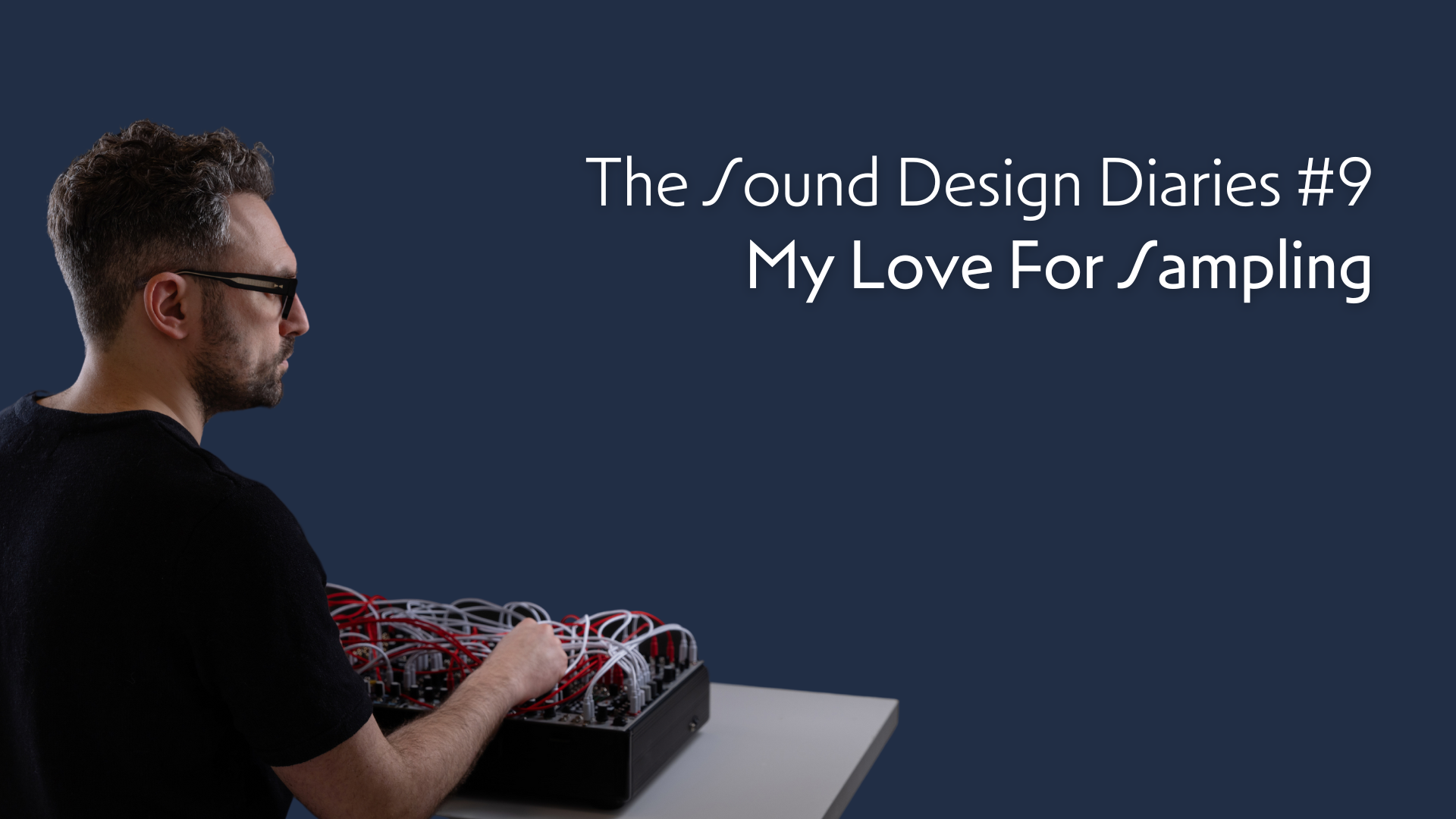Sound Design Diaries #9: My Love For Sampling
< BackIn 2014 I was a student at the Master of Music in Scoring for Film, TV and Video Games at Berklee College of Music and I attended a lecture on sampling with award-winning developer and talented sound designer Eduardo Tarilonte.
I was familiar with the concept of sampling well before that lecture, but that glimpse into the process gave me a new admiration towards professional sample library developers.
At the end of the lecture, we were tasked with making our very own sample library for Eduardo to review. We were granted the availability of the campus studio and its great microphones collection, as well as one of the students from the music technology graduate program to act as engineer. We had to produce the whole session, edit it and implement it in the sampler (Native Instruments Kontakt). We even did a bit of coding in KSP, Kontakt’s programming language, to tweak the sampler to behave the way we wanted.
It was hard work! However, given that today I am the owner of a company that makes sample libraries (LINK NEEDED), I must have somehow enjoyed the process.
There is another event though, one that happened the same year, that really made me fall in love with sampling. I was on campus, procrastinating. I had a big scoring assignment that I needed to get done and had no inspiration whatsoever, a severe case of writer’s block. I started surfing the web and watching YouTube videos casually, letting the (at the time not very sophisticated at all) algorithm decide what I was to watch next.
Somehow, I landed on a “behind the scenes” video of Hollywood legend Jeff Rona explaining his process while scoring the 2013 submarine film Phantom.
Here’s a transcription of the relevant bit:
“…when Todd Robinson the director of Phantom, showed me the submarine where they were going to film, I realized there was music coming from this submarine from all the metallic valves and hydraulics and it gave me an idea to record what the submarine sounded like when you were
actually standing in it. We recorded just every possible thing that we could get our hands on with mallets and sticks and hammers and then, with the electronics that I have in my studio I could morph them into something extremely musical. I edited them into little tiny samples and then also performances of me just playing rhythms on the walls of the ship, on the hydraulics of the ship and everything went into the computer and when I started to actually sketch the first pieces that I would write, I began by seeing what I could do just with these sounds.
There's just a whole vocabulary of different sounds that I could create starting with nothing but the performances I did on the submarine itself. Eventually the first themes that I created for the film incorporated an enormous amount of those original sounds blended with other sounds that seemed to become companions to that and created the fundamental part of the score for the film.“
Hearing this had a tremendous impact on me.
As musicians and sound designers, we tend to think a lot about equipment, instruments and technologies.
Maybe all we need is a portable recorder, a decent microphone and a good idea.
- Tagged:
- Music
- Sound Design
